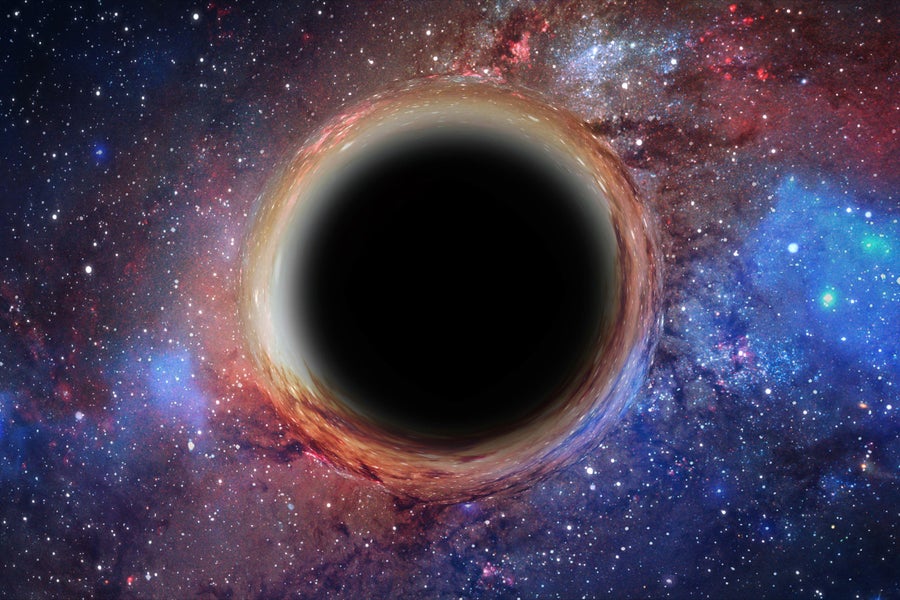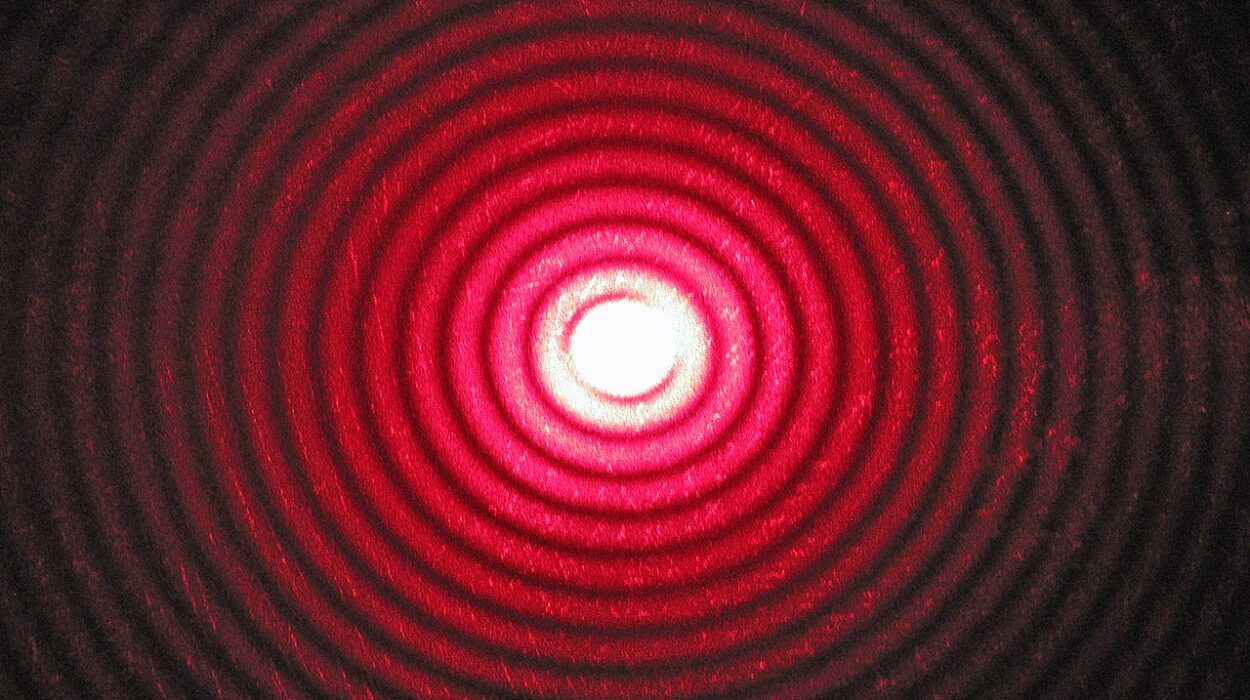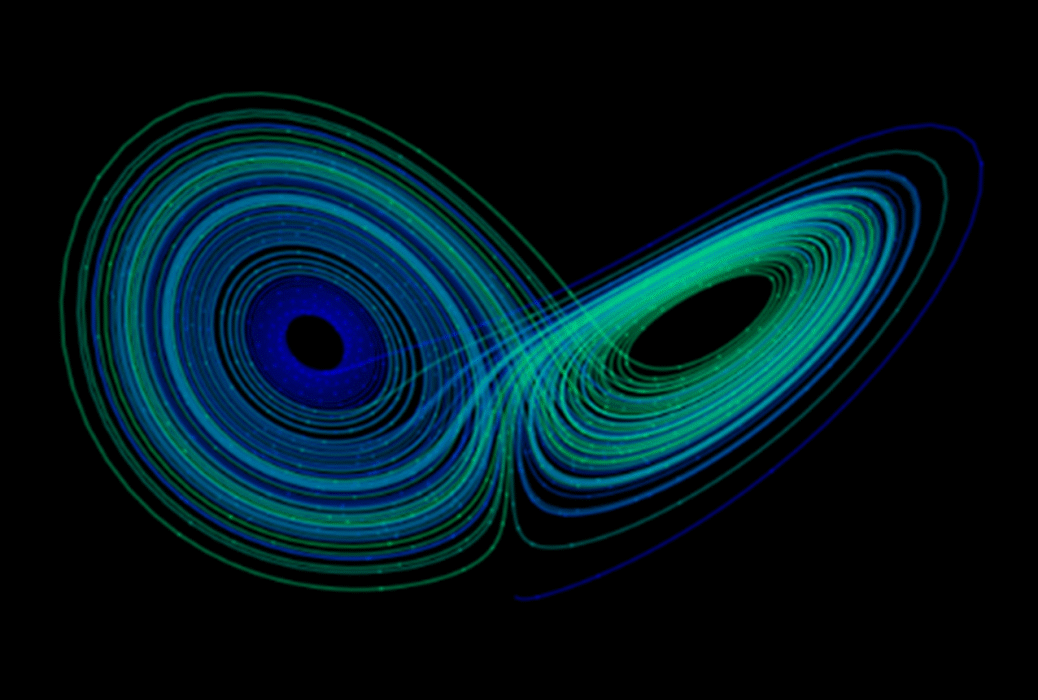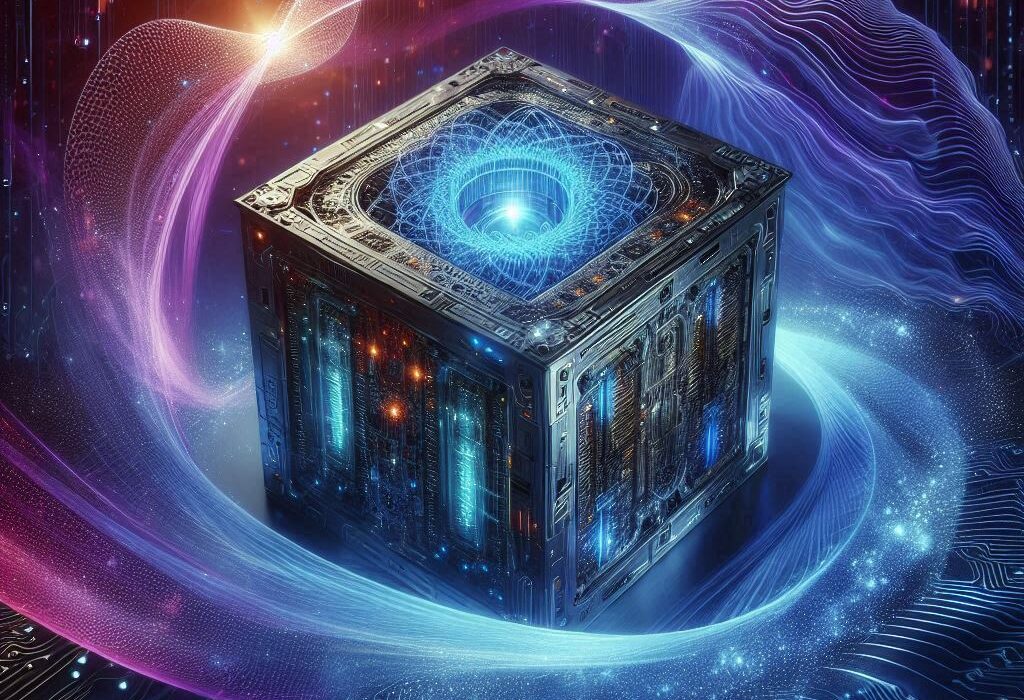Imagine a region of space so extreme, so unfathomably intense, that not even light—the fastest entity in the known universe—can escape its grasp. This is not a scene from science fiction but a real and astonishing phenomenon known as a black hole. These cosmic beasts are the most enigmatic and feared entities in the universe, and yet they are also among the most fascinating.
A black hole is not a hole in the usual sense. It is a place where matter has been compressed to such a degree that it has effectively collapsed in on itself, forming a singularity—a point of infinite density. Around this singularity lies the event horizon, the invisible boundary beyond which nothing can return. Anything that crosses it—whether it’s a star, a planet, or a photon of light—is irrevocably lost to the black hole’s insatiable appetite.
But how can something with no visible form exert such an irresistible force? The answer lies in the way gravity interacts with spacetime. To understand black holes, we must journey through the realms of Einstein’s theory of General Relativity, quantum mechanics, and astrophysics, unraveling a story that’s as old as the stars and as strange as the imagination allows.
Einstein’s Legacy: Gravity as Geometry
To comprehend the origin and behavior of black holes, we begin with Albert Einstein’s General Theory of Relativity, published in 1915. Before Einstein, gravity was seen as a force acting at a distance—a concept introduced by Isaac Newton. Newton’s laws explained planetary motion remarkably well but couldn’t account for certain anomalies, like Mercury’s shifting orbit.
Einstein reimagined gravity not as a force but as the warping of spacetime by mass and energy. Picture spacetime as a rubber sheet. Place a bowling ball on it (representing a massive object like the Sun), and the sheet curves. Now roll a marble nearby—it spirals inward due to the curvature. This analogy beautifully captures how gravity is not a pull, but a response to curved spacetime.
Einstein’s equations predicted that if enough mass were concentrated in a small region, spacetime would curve infinitely, collapsing into a singularity. At first, the idea seemed too bizarre to be real. Even Einstein doubted such objects could physically exist. But mathematics had spoken—and the universe, it turns out, had already built them.
The Birth of a Black Hole: Death by Gravity
Black holes are born from death. When a massive star—one at least three times the mass of our Sun—runs out of nuclear fuel, it can no longer counteract the pull of its own gravity. The star’s core collapses, and the outer layers are blown away in a cataclysmic explosion called a supernova.
If the remaining core is heavy enough, gravity wins the battle decisively. It crushes the matter into a volume so small that the density becomes infinite. A black hole is formed.
Not all stars meet this fate. Smaller stars become white dwarfs or neutron stars, incredibly dense but not dense enough to form a singularity. It’s only the truly massive ones that cross the threshold and fall into the abyss.
The Event Horizon: The Point of No Return
Perhaps the most chilling feature of a black hole is its event horizon—the boundary that separates the black hole from the rest of the universe. The name is apt: it’s the place beyond which no events can be observed. Once something crosses the event horizon, it’s gone for good.
This is not due to any physical barrier. You wouldn’t feel anything special crossing it. But from the outside, time itself appears to freeze as an object approaches the horizon. From the infalling object’s perspective, however, it plunges in without a hitch, racing toward the singularity at the center.
The size of the event horizon is proportional to the mass of the black hole. This radius is known as the Schwarzschild radius, named after Karl Schwarzschild, who found the first exact solution to Einstein’s field equations. For a black hole the mass of the Earth, the Schwarzschild radius is less than a centimeter. For the Sun, it’s about three kilometers. For supermassive black holes, like the one at the center of our galaxy, it can be millions of kilometers wide.
Anatomy of a Black Hole: Singularity and Horizon
At the heart of every black hole lies the singularity, a point where density becomes infinite and the laws of physics as we know them cease to function. Here, spacetime curvature becomes infinite, and all known scientific theories break down. This is a place where quantum mechanics and general relativity clash in a violent, unresolved battle.
Encasing the singularity is the event horizon, which forms the visible “surface” of a black hole, though it’s invisible in a conventional sense. Some black holes may also possess an accretion disk—a swirling ring of superheated gas and dust spiraling toward oblivion. As matter in the disk accelerates and heats up, it emits intense radiation, often making black holes indirectly observable.
Some theories also propose the existence of an “ergosphere” in rotating (Kerr) black holes. This region lies just outside the event horizon and is twisted by the black hole’s spin, allowing for strange phenomena such as frame-dragging, where spacetime itself is dragged along by rotation.
Hawking Radiation: Black Holes Can Die
For decades, black holes were considered eternal, unchanging vacuums. But in 1974, physicist Stephen Hawking introduced a revolutionary idea that black holes could, in fact, evaporate. Using quantum theory, he proposed that black holes emit radiation due to virtual particle-antiparticle pairs that form near the event horizon. If one particle falls in while the other escapes, the black hole loses a tiny bit of mass.
This process is incredibly slow for large black holes, taking longer than the age of the universe to make a noticeable difference. But for smaller, hypothetical black holes—called primordial black holes—it could lead to total evaporation. Hawking radiation revealed that black holes are not just endpoints, but may have lifespans, hinting at a bridge between quantum mechanics and general relativity.
Wormholes and White Holes: Science Fiction or Science Future?
The extreme nature of black holes inspires speculation. Could they be gateways to other universes? Could they be used for time travel?
Einstein’s equations allow for solutions known as wormholes—shortcuts through spacetime that could connect distant points or even different universes. But these structures, if they exist, would require exotic matter to stay open and stable, something not yet observed.
Similarly, white holes are the hypothetical time-reversal of black holes—objects that expel matter but don’t allow anything to enter. Though they emerge from the same equations, there is no empirical evidence that white holes exist. They remain tantalizing possibilities, theoretical mirrors in the black abyss.
Black Holes and Time: Gravity’s War on Clocks
One of the most intriguing consequences of black holes is their effect on time. According to General Relativity, time slows down in strong gravitational fields. Near the event horizon of a black hole, time stretches to infinity relative to a distant observer.
This leads to dramatic possibilities. If you were to orbit close to a black hole and return, you would experience less time than someone far away. This time dilation has been confirmed experimentally—satellites in orbit need to correct their clocks for gravitational effects—but it becomes far more pronounced near a black hole.
This strange behavior of time has been a favorite trope in science fiction, as seen in movies like Interstellar, which accurately depicted time dilation near a rotating black hole, based on calculations by physicist Kip Thorne.
Supermassive Black Holes: The Giants at Galactic Hearts
While stellar-mass black holes form from dying stars, astronomers have discovered behemoths lurking at the centers of galaxies—supermassive black holes with masses ranging from millions to billions of Suns. The Milky Way’s own heart houses Sagittarius A*, a black hole about four million times the mass of our Sun.
The origin of these titans remains one of astrophysics’ great mysteries. Did they form from the collapse of massive gas clouds? Did smaller black holes merge over eons? Or did primordial black holes seed them in the early universe?
What we do know is that they play a crucial role in galaxy formation and evolution. The mass of a galaxy’s central black hole is tightly correlated with the mass of its bulge, suggesting a co-evolutionary relationship. When active, these giants can power quasars—blindingly bright objects fueled by infalling matter.
Detection and Imaging: Seeing the Unseeable
For most of the 20th century, black holes remained theoretical. But indirect evidence began to mount. Scientists observed stars orbiting invisible companions, jets of radiation from galactic cores, and strange gravitational effects—all pointing to the presence of black holes.
Then, in 2015, the Laser Interferometer Gravitational-Wave Observatory (LIGO) detected gravitational waves from the collision of two black holes, a phenomenon predicted by Einstein a century earlier. These ripples in spacetime confirmed not only the existence of binary black holes but also opened a new window into the cosmos.
In 2019, the Event Horizon Telescope (EHT) collaboration unveiled the first-ever “image” of a black hole—a glowing ring of light surrounding the shadow of the black hole in galaxy M87. This image was not a photograph in the traditional sense but a reconstruction from data collected by a global network of radio telescopes. Still, it offered visual confirmation of black holes and a triumph of human ingenuity.
Quantum Conundrums: The Information Paradox
Black holes don’t just challenge our understanding of gravity—they challenge the foundation of physics itself. One major puzzle is the black hole information paradox. According to quantum theory, information cannot be destroyed. But when something falls into a black hole, it seems to disappear forever.
If the black hole eventually evaporates via Hawking radiation, where does the information go? Is it lost, violating quantum principles? Or is it somehow encoded in the radiation, or preserved on the event horizon in a holographic form?
This paradox has fueled decades of debate, leading to ideas like the holographic principle and firewall theories. Resolving this paradox may ultimately require a theory of quantum gravity—an elusive framework uniting general relativity and quantum mechanics.
Conclusion: Monsters with a Message
Black holes are more than just cosmic anomalies; they are laboratories of the extreme, where the known laws of physics are pushed to their breaking points. They reveal the beauty and brutality of the universe, swallowing stars yet illuminating galaxies. They challenge our understanding of space, time, and reality itself.
From the birth of stars to the heartbeat of galaxies, from the collapse of matter to the evaporation of information, black holes weave themselves into the cosmic narrative. Their study has deepened our knowledge of gravity, tested the limits of relativity, and offered glimpses of a deeper quantum world.
And perhaps most compelling of all, they remind us that the universe is still full of mystery—that even in the coldest, darkest corners of the cosmos, there is wonder waiting to be uncovered.






